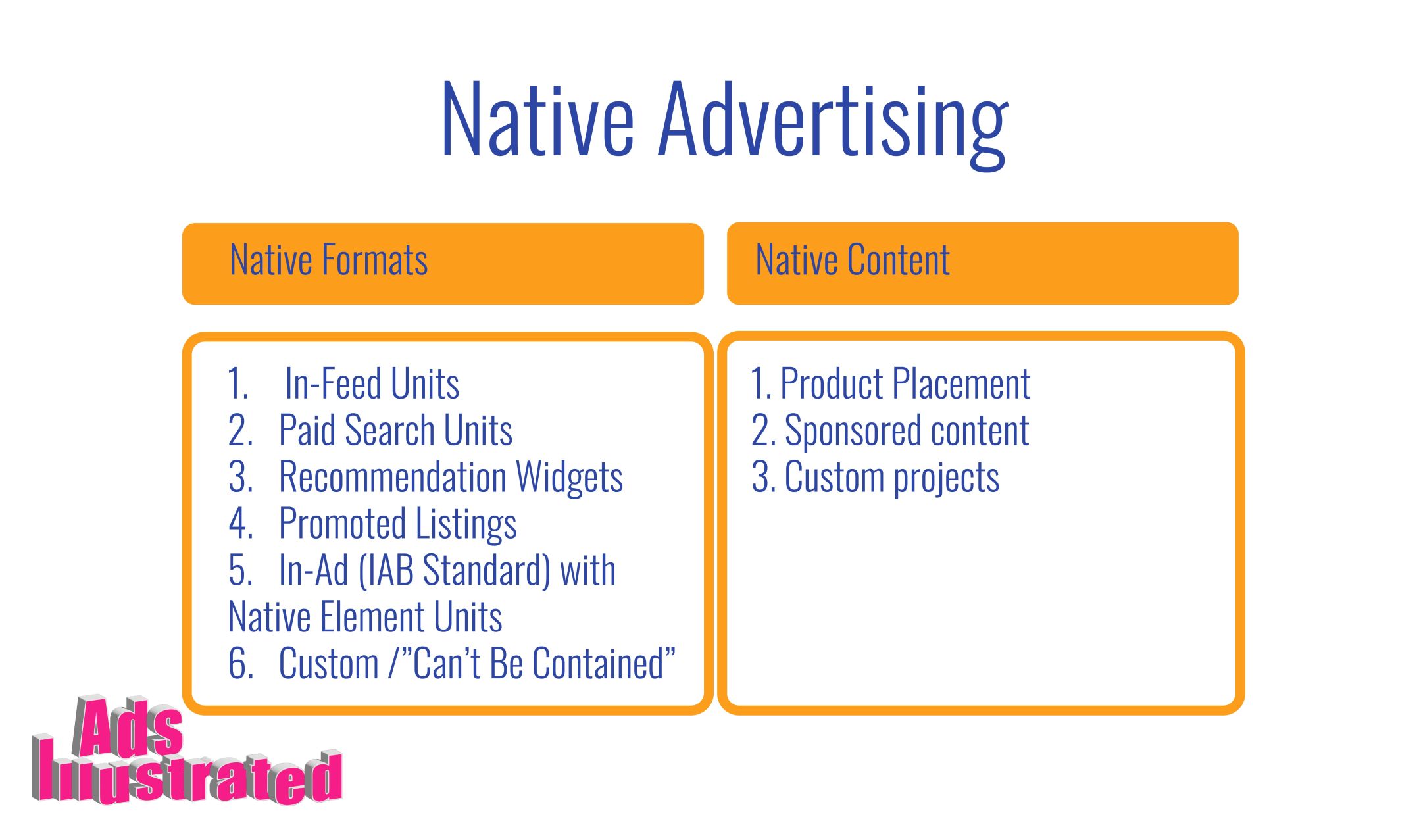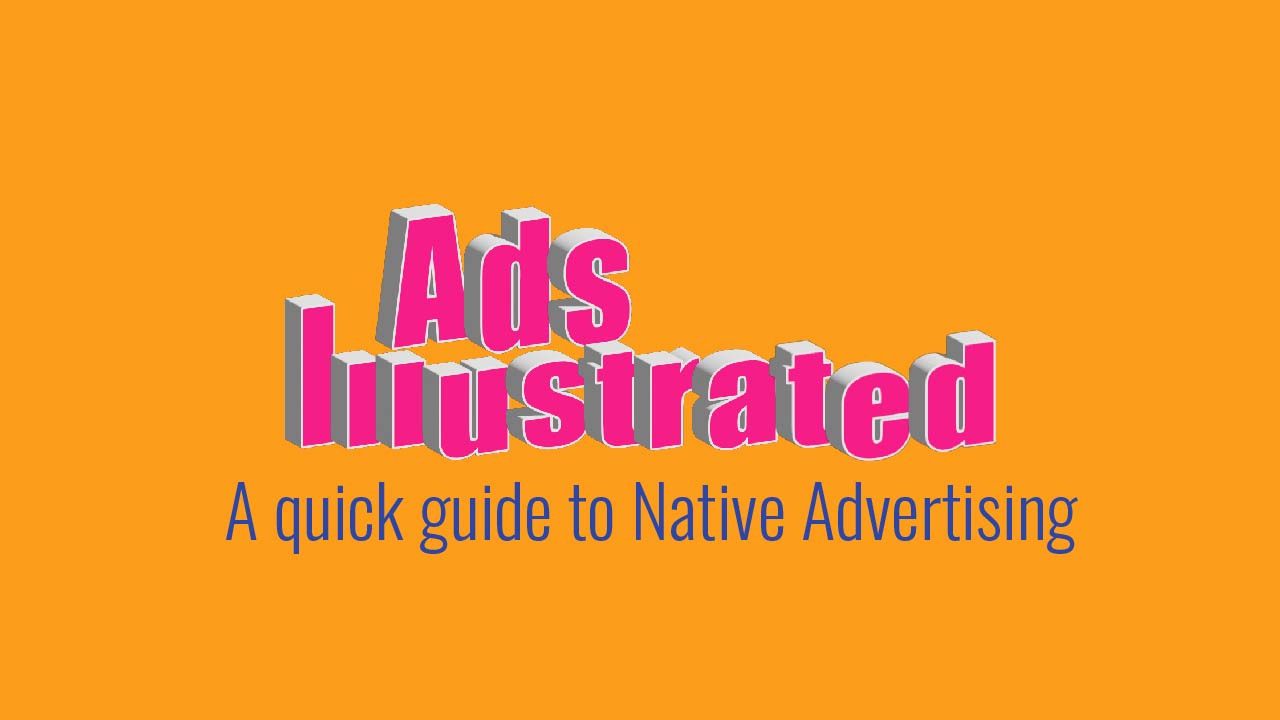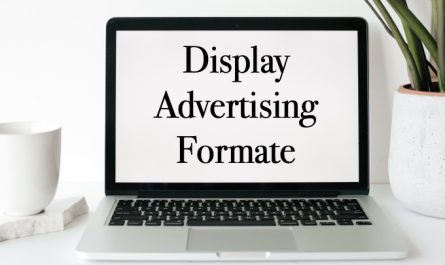Hello again!
To remind you in short what happened in the previous chapter of our conversation about Native advertising, you can watch the video to know that it’s basically divided into two parts: native formats (which are the same banners, but more organically adjusted to the content) and native content, which deserves a lot more attention to talk about in this next episode.
So what is Native Content and what makes it so popular today?
So there you go. Native content is a higher evolutionary level of native advertising and can be characterized by the term “collaboration”. The point is that the advertiser does not blindly dictate his will, but together with the audience expert, the content creator, searches for the optimal format for integrating the advertising message into it. And if both sides don’t overthink it, the result will really be better – for the main goals of advertising: to convince, to sell.

Native content, I think, can be divided into three types of ad integration:
- Product Placement
A good old trick – show James Bond in a Brioni suit to make the viewer want to be cool and trendy – works not only in movies and, of course, not only with clothes, gadgets and cars.
In fact, there is a lot of room for maneuver: you can not only show the product so tasty that you will want it, but also unobtrusively and appropriately demonstrate its features, functions, chips. Or you can just catch a glimpse of it in time to create the right associations.
Product Placement does not imply explicit advertising and appropriate labels. But the absolute beauty of this type is that such advertising does not interfere with the consumption of content – being properly done, it is an inseparable and harmonious part of it.
- Sponsored Content
Sponsored content and sponsorship is a shift in the balance of collaboration towards the advertiser.
You have to admit that it’s not always enough to just show a product in action to achieve the goals of advertising. Sometimes it’s still important to say or write something directly (if you’re a pharma, you can’t do without it at all). The sponsor format allows for this.
But it differs from the soulless “advertising break” by the fact that the content chosen for sponsorship is relevant to the brand, product and communication strategy. The content creator speaks to the audience on an interesting topic, as if at the suggestion of the advertiser and with his support. This removes most of the negativity: people understand that media live at the expense of advertising, but they appreciate when it is done with respect and sensitivity, and just interesting and clever.
- Custom projects
I’d also call it promoting an infomercial or topic.
In some cases, you can avoid promoting the brand itself for the time being. Promote the topic! Attract interest in it. Take it to the top. Make it a topic of discussion, and then your subsequent advertising that exploits the topic will work much better – for an already warmed-up audience.
For example, get people interested in a historical event so you can “sell” them a movie about it. Or get them to think about how much time is spent on cleaning the apartment – so they understood why they used the cleaning service whose ads are so lucky turned up. Finally, with each phrase “Holiday is coming to us!” more and more Coca-Cola is sold 🙂
For this to really happen, you don’t need banners, but the most natural integrations into your content. Only then will people join your topic. Create interest in the infomercial with this kind of peripheral tool, and then play on it – with more explicit advertising!
Basically, if you’re being thoroughly pedantic, there’s another type of native content besides these three – combined or hybrid. After all, a sponsored plaque in individual pieces of content may well be combined with Product Placement. And so on.
Today I told you about three general groups of Native content: Product placement, Sponsored content and Custom projects. Next time we will scrutinize one one of them and talk about the features of their use in practice. See you in my block next Friday!




I’m more curious about how it’s regulated by law? And how advertising budgets are documented with that money they pay for this kind of content?
That is another topic for the next post. I will tell later!
What is the difference between In-Ad and In-feed?
So, Native content and Product placement are the same things?
Sometimes yes, it depends on the law regulations in every conutry. I will tell about it later in details
I didn’t know James Bond has something to do with native advertising!
At least it’s one of the mot known product placement example ever known!
Cool. Never heard about Native ads, thanks for sharing!
Good info! Thanks for sharing! Will wait for updates!
Nice. Waiting for new episodes. 🙂